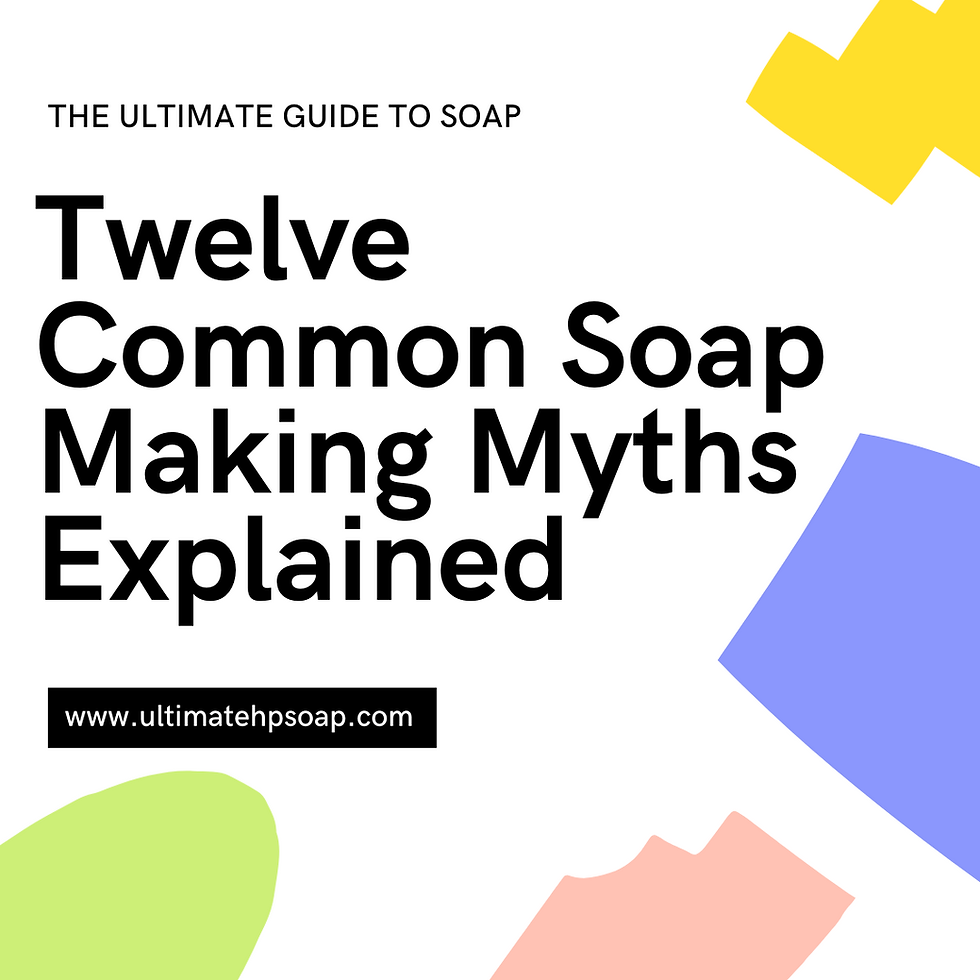Activated Charcoal in Soap
- ultimatehpsoap
- Jan 31, 2022
- 2 min read

Activated charcoal is very simply carbon that has been treated with oxygen to open up millions of tiny pores between the carbon atoms. Activated charcoal has many different uses and is popular because it is an excellent adsorptive material. Adsorption (with a “D”) is when ions, atoms or molecules adhere (bond) to the surface of another substance. This is different from absorption (with a “B”) which adheres to the whole substance. An easy way to differentiate the two is think that adsorption attaches and absorption dissolves/envelopes.
Because the oxygen opens up all of the tiny little pores, it increases the surface area. This increased surface area increases the number of bonding sites, which in turn increases its ability to adsorb (attach to) other substances. When other carbon based substances come into contact with activated charcoal, they bond to the surface. This is great for what is often called “detoxifying” in the skincare field, which really means that the activated charcoal adsorbs (attaches to) things like dirt and oil and can then be washed off. When you combine the surfactant (cleansing) properties of soap, the adsorptive properties of activated charcoal and the rinsing action with water, you have three actions working to cleanse and remove dirt, oil and other impurities.
It is important to note that activated charcoal is not attracted to sodium and we know that soap is a fatty acid of a sodium salt. The sodium portion of the soap molecule is on the hydrophilic end and the fatty acid portion with the carbon chain is the hydrophobic end. The activated charcoal will not be attracted to the sodium, but rather the carbon.
So when should we add it to our recipe? You can add the activated charcoal before the cook or after. I personally add mine after because I split my recipe into different sections, often with charcoal for adsorption and a clay for adsorption, but you can do either.
Happy Soaping!
Do you use activated charcoal in your soap recipes? Share below or send us an email!




Comments